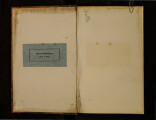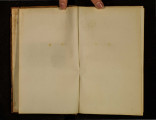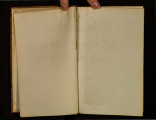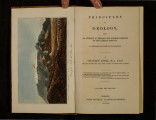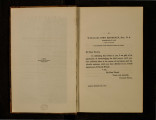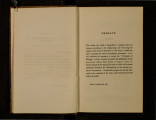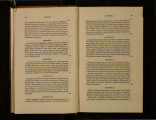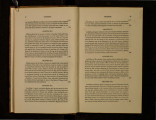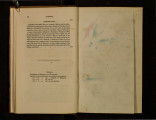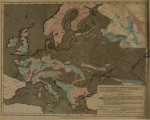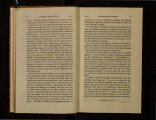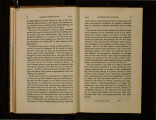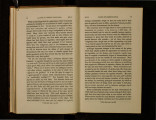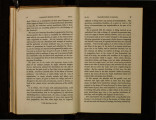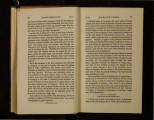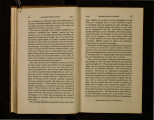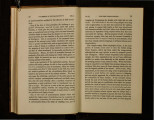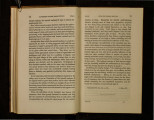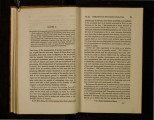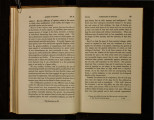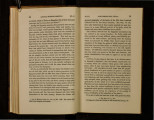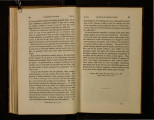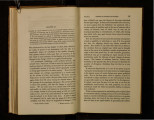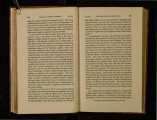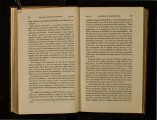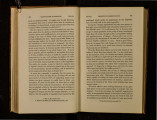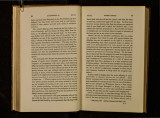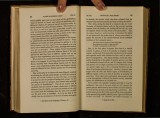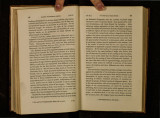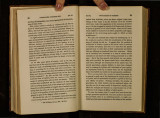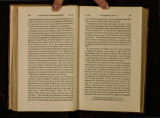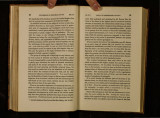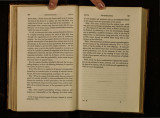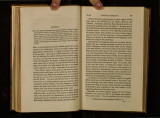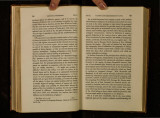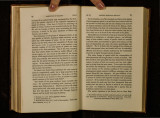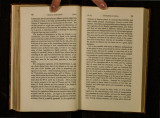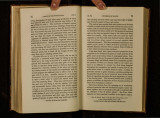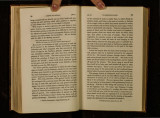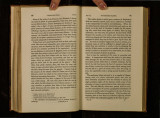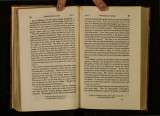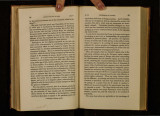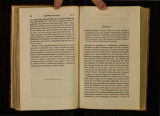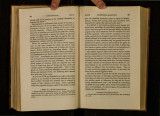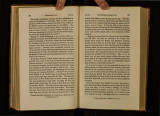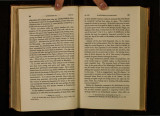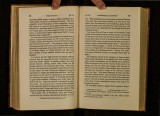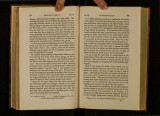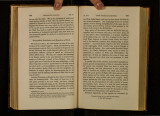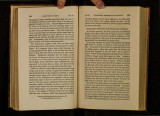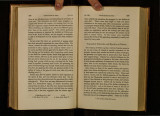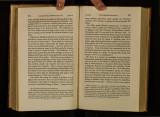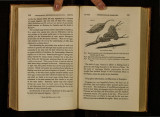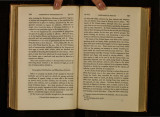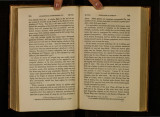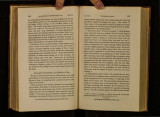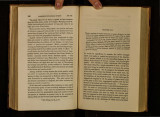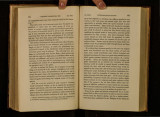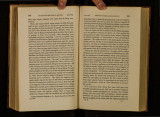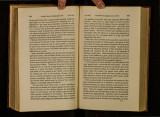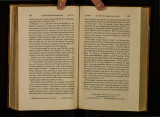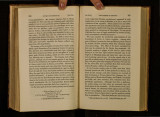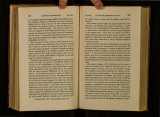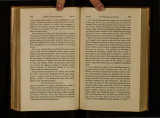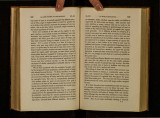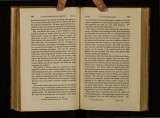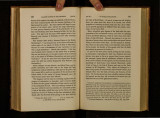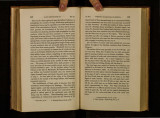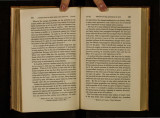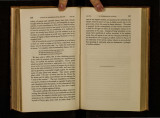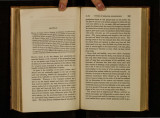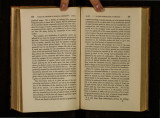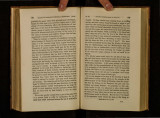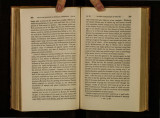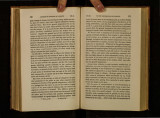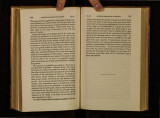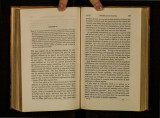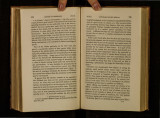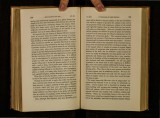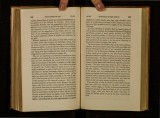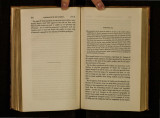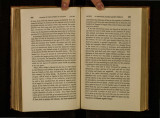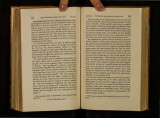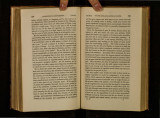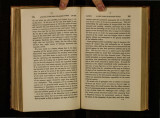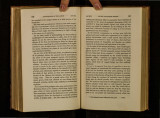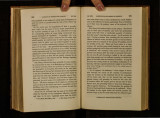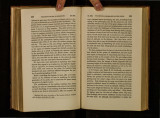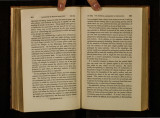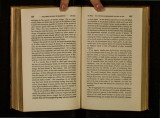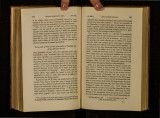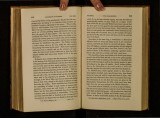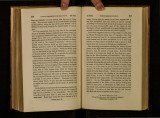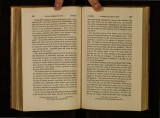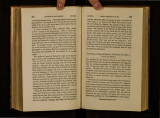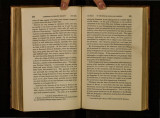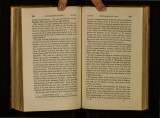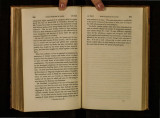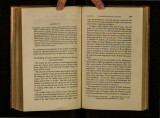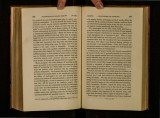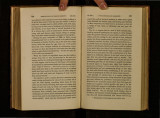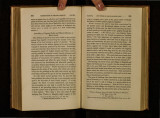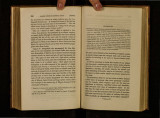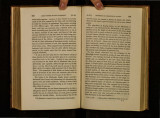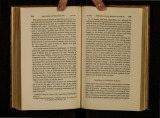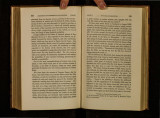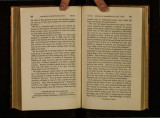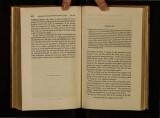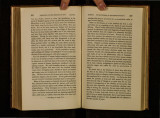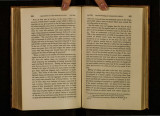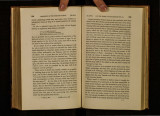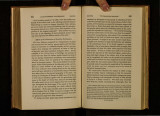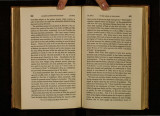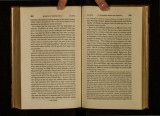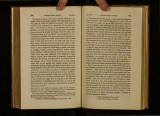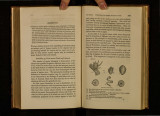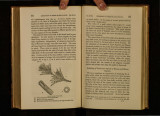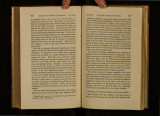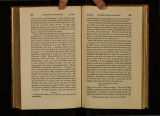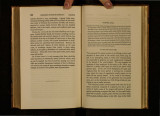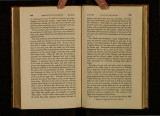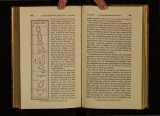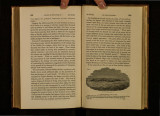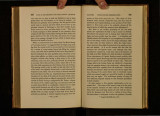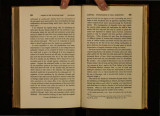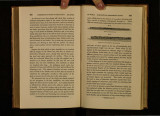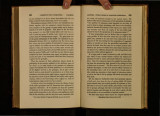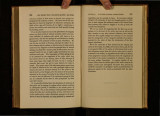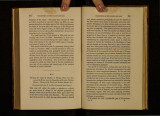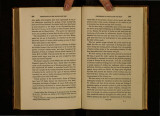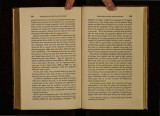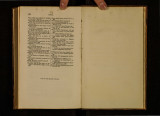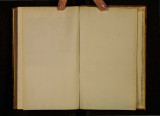| OCR Text |
Show ~30 PRESE RVATION OF ORGAN IC REMAINS [Ch. XIV. f h me km. d w hl'C h take place in regions con-the events o t e sa I . th n that all the causes whereby vulsed by earthquakes. b t lbS . ed l'n superficial alluvium are . 1 . 1 may e ur1e terrestr1a a. m. ma s· proof o f wh 'lC h , we need only refer the in full activity ; 10 • • • th former volume, of the effects d . t description, m e . rea er o obu r ean movemen t s ·m disturbinO' the dramage of t:l of great su terran . . 1 ls When the shocks are vio-d altermg Its eve . a country anu s masses of roc k and earth, e.v en in compara.- lent, enormo 1 t . are detached from the sides of t. l low and leve coun ries, . vIavlele Yys and cast d own m. t o the river-courses. The shd.e s are so rapi. d and unexpec t ed ' that they often . overwhelm, m the . . livin thing upon the plam; and when they day-time, every g . · ible Although the . he ni ht escape lS lmposs . happen m t g '1 t' lly dammed up by the ruins t ams are often on y par la 11 . sh r e · to thei. r c1 1 anne1 , th e waters ' nevertheless, co ect m t ro~n m tit to form torrents of mud, which, as we have sufficient quan . y t' bear along uprooted trees, and en in Calabna, some Imes 1 se 1 lm animals until, wherever they cease to move, t 1C overw 1c d t * . d becomes hard an compac . mass shrinks on drymg, an d . of ascribing as little Many geologi· sts wh o seem esirous . . the 'bl to the aqueous causes now actmg, are m pow.cr as pos:lo:kinO' the effects which the force of running habit of ove o b' d ith the movements of roduce when com me w water can P ' tr like Great Britain, where ordinary earthquakes. In ~ co~n y . d ble and where the height of mountain-chams IS not connsdl :~re~ely feeble, k f thquakes are rare a the shoe s 0 ear . 1 . ls or plants are buried · f terrestrla amma scarcely any remams o to lead us to expect · · h a manner as in alluvial deposits, m sue d .!' • d finite periods. Some ·n b preserve 10r m e that they Wl e . 11 . bedded as for example, · · occas10na y 1m ' ' . skeletons, It lS true, are d d b the floods in Scotland, m in the mud a~d sand pro uce d ~utilated bodies of hares, 18~9, in which the dea~ an d the bodies of men, . ·tndges an even rabbits, moles, mice, pat . ' . d t But if the levels were 1.!' oun d drl'fted and partially bune . * Vol. i., PP· 427 and 428. 20 177. t SirT. D. Laudel', Bart., on the great floods in Morayshire, August, 18 ,p. Ch.XIV.T IN ALLUVIUMS AND LANDSLIPS, ~31 of a country remain unchanged, one flood usually efFaces the memorials left by another, and there is rarely a sufficient depth of undisturbed transported matter in any one spot, to preserve the organic remains permanently from destruction. The catastrophes, on the other hand, which arise from repeated earthquakes, cause not only the death of many animals, but their frequent inhumation in alluvium, so placed as to escape degradation for a succession of ages. When a valley has been half choked up with mud, sand, and gravel, or when numerous slides from the boundary hills have encumbered it with ruin, a river takes a new direction, finding, perhaps, its way through a new-formed fissure. From that moment the transported matter is no longer exposed to be undermined and removed by the action of running water. Portions, also, of plains loaded with alluvial accumulations by transient floods, may be gradually upraised by earthquakes; and, if any organic remains have been imbedded in the transported materials, they will, after such elevation, remain undistm ·bed, and beyond the reach of the erosive power of streams. Every £ssure, every hollow caused by the sinking in of land, becomes a receptacle of organic and inorganic substances, hurried along by transient floods, in districts where the drainage is repeatedly deranged by subterranean movements. We have seen that the ravines which opened in Calabria, in 1783, were very numerous, varying in depth from fifty to two hundred feet*; and that animals were sometimes engulphed during the shocks. We may assume that many others fell in during the three years that the earthquakes continued, and that similar casualties happen in the intervals between convulsions. Every inundation, therefore, caused by heavy rains, every torrent that might chance to be in the line of any of these chasms, would pour in a quantity of mud~ sand, and rolled pebbles, together with fragments of the adjacent rocks, and under these the animal remains might lie inhumed for ages. Where houses with their inhabitants have been swallowed * Vol. i., p. t:l21. |



